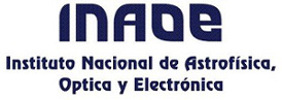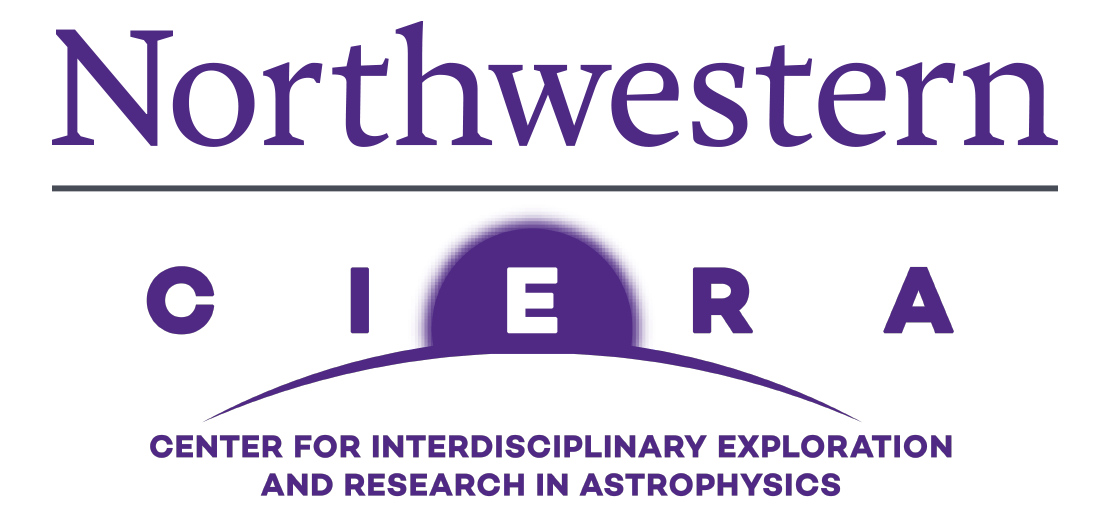The TolTEC Project
The goal of the TolTEC project is to build and commission a new millimeter-wavelength camera that takes maximal advantage of the Large Millimeter Telescope (LMT). Through a collaboration of expert millimeter-wavelength scientists at seven institutions in three countries, TolTEC utilizes the latest technologies developed for studying the polarization of the Cosmic Microwave Background by bringing them to bear on studies of objects that span all spatial scales across the entire Universe.
Our camera has a total of 7716 detectors spread across three different bands in the electromagnetic spectrum. We are utilizing Lumped Element Kinetic Inductance Detectors (LEKIDs) developed through a collaboration between Arizona State University, Cardiff University, the Instituto Nacional de Astrofísica, Óptica y Electrónica, and the National Institute of Standards and Technology. Each TolTEC detector is sensitive to a single linear polarization of the incoming light and so each observation of TolTEC results in six different images of the sky - one in each polarization of each of TolTEC's three bands.
It takes more than just a big camera to make leaps forward in our understanding of our Universe. TolTEC is able to achieve incredible sensitivity and mapping speeds by being coupled to the LMT - a 50 meter diameter millimeter-wavelength telescope in Mexico. The LMT is situated on a mountain peak at 15,000 ft elevation, a site that affords excellent observing conditions for the "dry season" - October to June - of each year. The combination of the LMT and TolTEC produces a system capable of mapping the sky with a resolution of up to 5 arcseconds and a mapping speed of up to 10 square degrees/square mJy/hr. This is more than 100 times faster than the LMT was able to map the sky with the AzTEC camera.
Here are the key features of the camera.
| Wavelength | Beamsize (FWHM) | Number of Pixels | Number of Detectors | Maximum Mapping Speed Prediction | Minimum Mapping Speed Prediction |
|---|---|---|---|---|---|
| 2.0mm | 9.5 arcseconds | 586 | 1172 | 69 deg2/mJy2/hr | 10 deg2/mJy2/hr |
| 1.4mm | 6.3 arcseconds | 1266 | 2532 | 20 deg2/mJy2/hr | 3 deg2/mJy2/hr |
| 1.1 mm | 5 arcseconds | 2006 | 4012 | 12 deg2/mJy2/hr | 2 deg2/mJy2/hr |
Preliminary Passbands: We have pushed the passband measurements to our new Dataverse installation to help with version tracking. The latest (still lab measured) passbands can be found at this Dataverse site.
Understanding the Mapping Speed Predictions: Our mapping speed predictions for each of the TolTEC bands are soon to be replaced with actual measurements. We will strive to keep this web page up to date with our latest numbers.
We offer a range of potential mapping speeds in the table above to reflect our ongoing uncertainty in how well we will be able to remove atmospheric contamination from the data. The factor of 7 between the maximum and the minimum is estimated from experience with the AzTEC camera. There are several reasons to expect TolTEC to be able to do much better than AzTEC though. (1) All arrays of detectors are much larger than AzTEC's single array of ~100 detectors and so we do not expect as big a reduction in sensitivity due to lost degrees of freedom in removing the correlated atmospheric signal. (2) Since all three arrays in TolTEC look through the same column of atmosphere, correlations between bands can be used to remove additional atmospheric terms from the data. (3) The high data aquisition rate of TolTEC will allow us to scan the telescope much faster than with AzTEC, modulating the astronomical signal to higher frequencies where the atmospheric signal is smaller. We can choose to limit our observations to low-opacity periods (tau225GHz~0.05) and gain another 50% in speed compared to the values in the table above.






